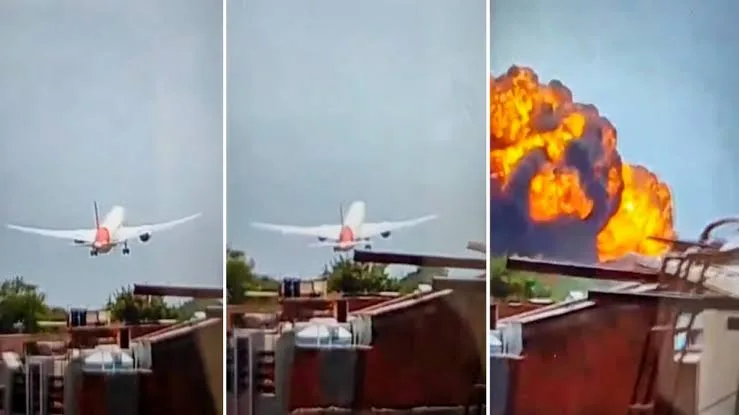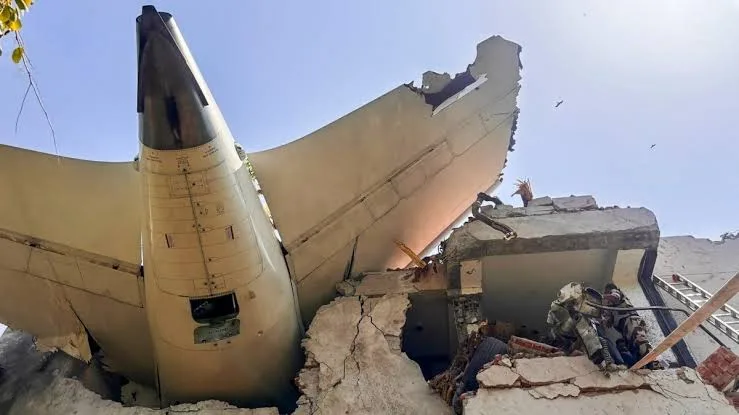Popular YouTuber and former commercial pilot Gaurav Taneja, better known as Flying Beast, has weighed in on the devastating plane crash in Ahmedabad that claimed over 260 lives. In a detailed conversation with Times Now, Taneja offered a technical perspective on what might have gone wrong moments after takeoff.
“First of all, it’s heartbreaking to hear such news,” Taneja began, before explaining how modern aircraft are designed to prevent takeoff if there’s any major system error. “If something severe is wrong, the aircraft itself will give a warning and recommend aborting the takeoff,” he said. “The fact that the plane took off suggests there were no red flags or critical faults visible to the pilots during the takeoff roll.”
View this post on Instagram
He explained that smaller, non-critical issues are often suppressed by the system until the aircraft reaches a safer altitude. “That way, the pilots aren’t distracted during a crucial phase like takeoff. Errors only show up later, once you’re high enough to troubleshoot or return.”

Taneja noted that in this case, something clearly went wrong right after takeoff. “The landing gear hadn’t been retracted, which usually happens once there’s a positive rate of climb. That didn’t happen here. Instead, the aircraft started to descend, about 400 feet per minute. That points to an emergency situation unfolding just seconds after liftoff,” he said.

Reflecting on his own flight training, Taneja admitted that a dual-engine failure at such a low altitude is one of the most terrifying scenarios a pilot could face. “In simulators, we’ve practised countless emergencies, but never a dual engine failure immediately after takeoff,” he said. “If you’re flying out of a city, surrounded by buildings, there’s no safe place to land. You have seconds to react. It’s every pilot’s worst fear.”

He added that the incident doesn’t appear to be a stall. “If it were a stall, the angle of attack would’ve been much higher. It doesn’t seem like a compressor stall either, because even then, you retain some engine power. Here, it looks like total power loss—something incredibly rare.”
Shortly after the crash, Taneja took to X (formerly Twitter) and wrote: “Looks like a Dual Engine Failure after Take Off. Nothing short of a complete power loss can force a modern aircraft into that kind of sink rate, right after takeoff. Praying for everyone on board.”
Known for demystifying aviation topics on YouTube, Taneja spent over a decade in commercial aviation, having served as a captain at AirAsia and IndiGo. In 2020, he became a whistleblower, accusing AirAsia of compromising safety by pushing pilots into unsafe flying conditions—allegations that sparked a massive debate and earned him over 10 million views on his exposé video.
The crash involved an Air India Boeing 787 Dreamliner en route from Ahmedabad to London Gatwick with 242 people onboard. It went down minutes after takeoff, crashing into a hostel at BJ Medical College in the Meghani Nagar area. Among the casualties were 24 people on the ground, including four medical students. Former Gujarat Chief Minister Vijay Rupani, who was travelling to London to visit his daughter, also died in the accident. Most of the passengers were Indian nationals, along with 53 British citizens, seven Portuguese, and one Canadian.


